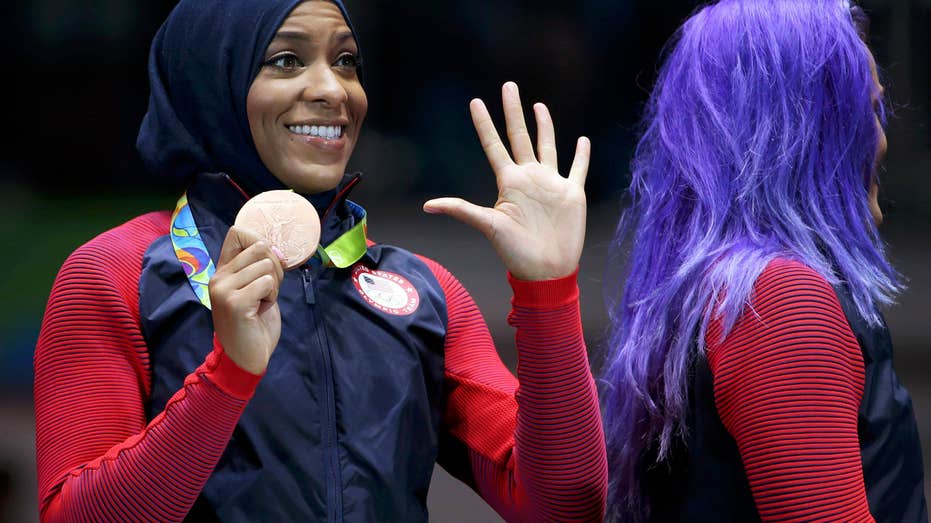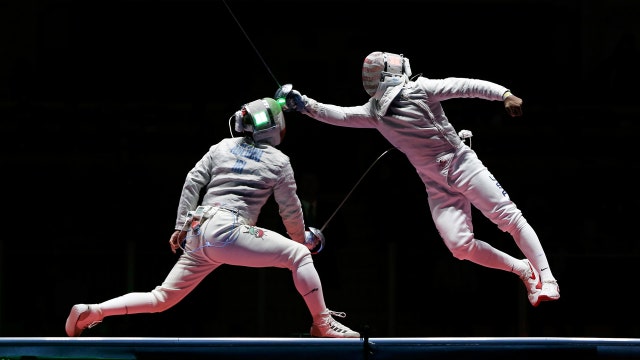The Rise of Fencing: Inside the Oldest Olympic Sport
Both USA fencing teams made history in Rio this year.
Daryl Homer, a 26-year-old from the Bronx, became the first American in 112 years to win a silver medal in a men’s individual sabre and Mariel Zagunis from Beaverton, Oregon is the only U.S. woman to win four Olympic medals at three different games. And, not to mention, Ibithaj Muhammad also made headlines as the first Muslim to wear a hijab at the Olympics.

Sergey Isayenko, a fencing coach at Manhattan Fencing Center, where Homer trained, says all the attention is definitely helping the sport.
“If you look at our Summer Nationals—which is our biggest event—every year it is growing to the extent that people can’t handle it anymore,” Isayenko tells FOXBusiness.com. “In 15 years, we almost tripled the amount of people that participate in each event.”
Isayenko has been coaching fencing for nine years and competing for over 17, and says that while fencing is predominantly popular on the East Coast, many training centers are popping up throughout the country.
“Even in the middle of the country it starts kicking in. We have very strong clubs in Arizona and Texas,” he adds.
Fencing is one of the oldest sports, dating back to the very first Olympic Games in Athens in 1896, though many don’t pursue it because of cost and discipline. The gear and protective clothing could cost up to $2,000, not to mention traveling expenses required to compete.
“There are no tournaments in the United States so you have to travel to other parts of the world at your own expense, and once you make it to the Olympics, then the government and the federation starts supporting you,” says Isayenko.
And while it looks easy on TV, Isayenko notes the sport takes a lot of physical training.
“Imagine someone is running at you with a sword at full speed. You have to make a quick decision to go back or go forward. It takes a lot of focus for a very short period of time.”




















